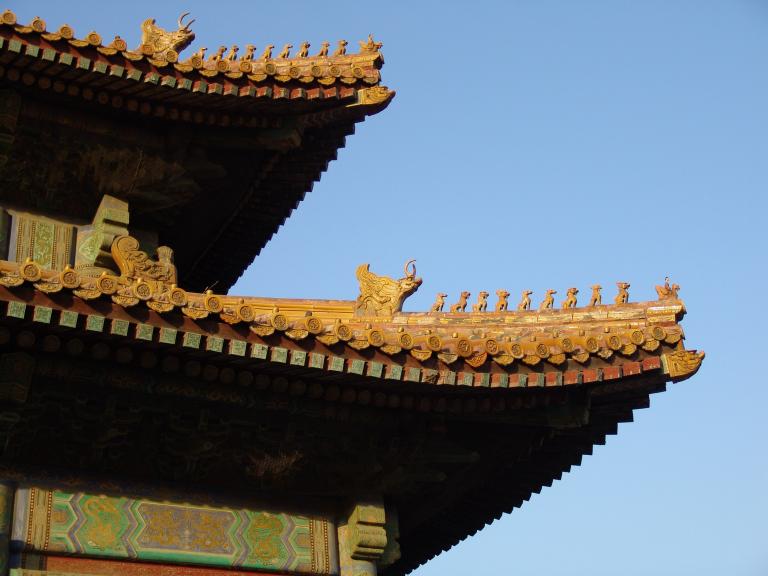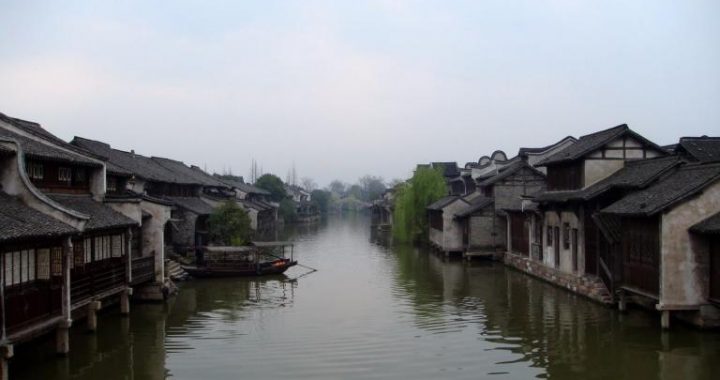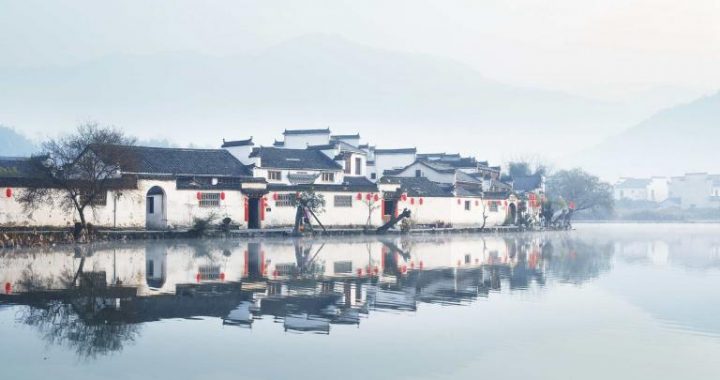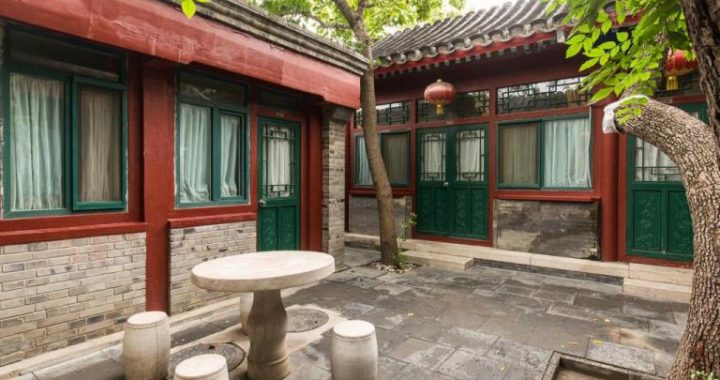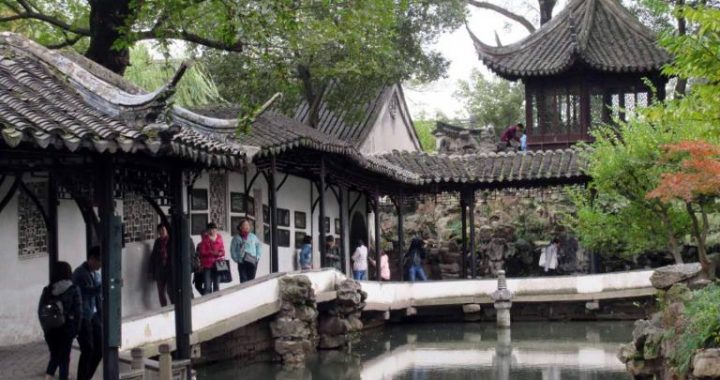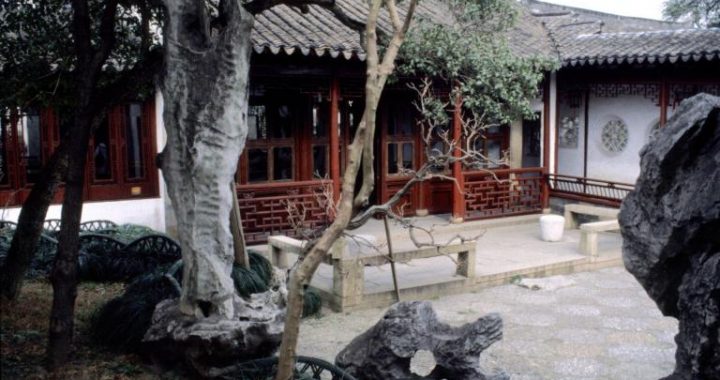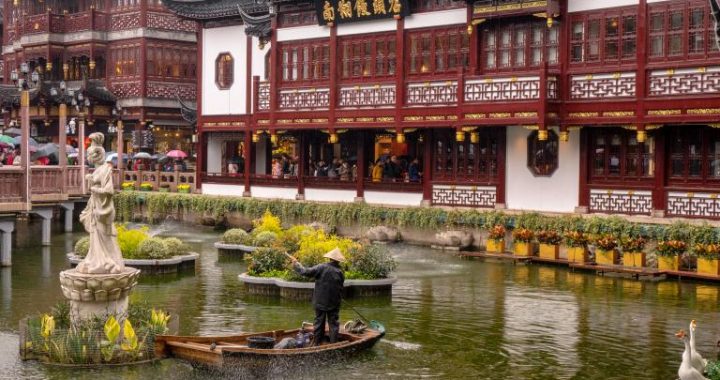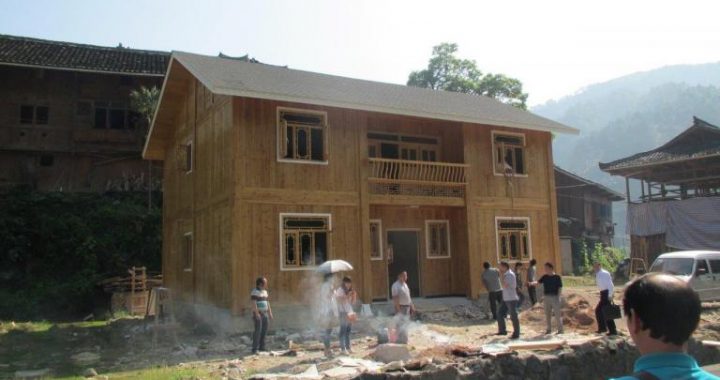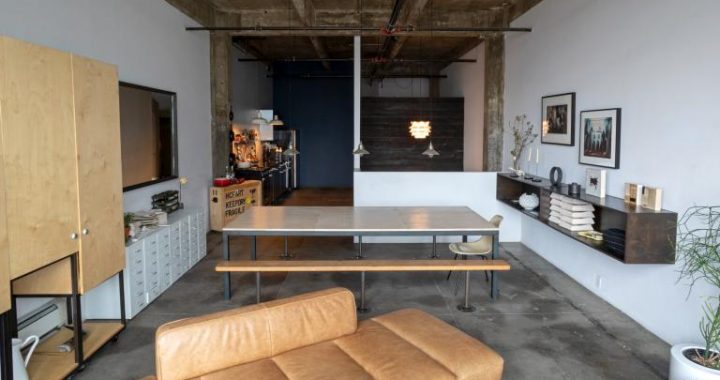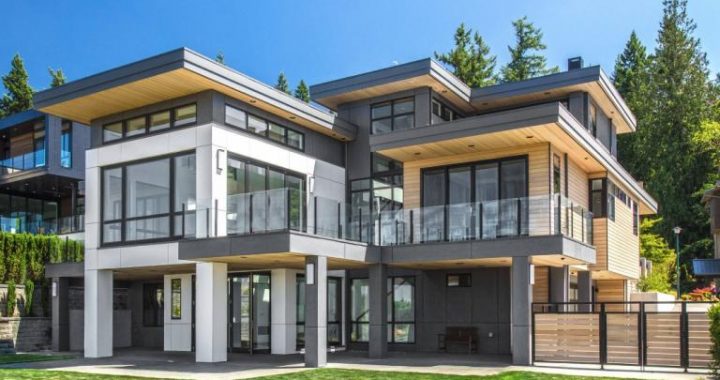Supreme Imperial Power
3 min readAncient China’s emperors were called “sons of heaven”with supreme power.
The architectural types of palaces, temples and tombs, the grandest buildings in ancient China symbolizing imperial authority and rule, were obviously political in nature. Traditional feudal rites exerted deep influence on their layouts. All dynasties used a lot of manpower, material resources and financial resources to build these buildings using the most mature techniques and artistic skills. They reflect the highest achievements in architecture in a period to some extent.
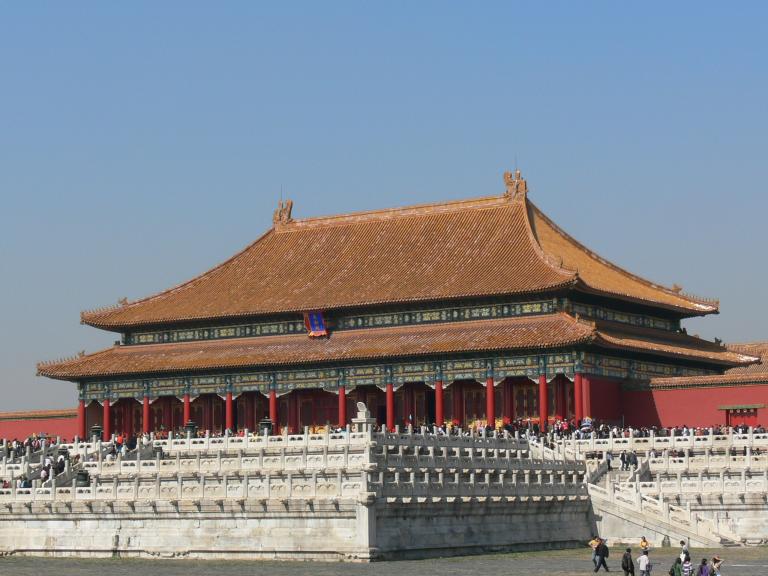
Ancient China’s emperors were called “sons of heaven”with supreme power.
The architectural types of palaces, temples and tombs, the grandest buildings in ancient China symbolizing imperial authority and rule, were obviously political in nature. Traditional feudal rites exerted deep influence on their layouts. All dynasties used a lot of manpower, material resources and financial resources to build these buildings using the most mature techniques and artistic skills. They reflect the highest achievements in architecture in a period to some extent.
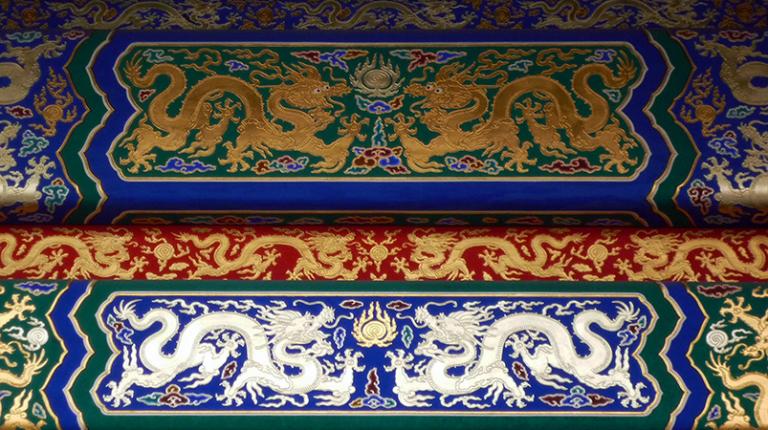
Large architectural complexes inhabited by Chinese emperors in ancient times are called palace buildings, usually manifesting the imperial family’ sdignified and impressive air with huge majestic buildings. Xiao He, the prime minister of the Han Dynasty in charge of building the Weiyang Palace, said, The Son of Heaven reigns supreme over all land within the Four Seas. His majesty’s might won’t be known to his subjects if he does not have an imposing enough palace complex that cannot be built again by later generations.”This clearly shows that the purpose of architectural art was to serve for imperial power and politics.
Temple buildings are a unique architectural type between religious architecture and non-religious architecture for worshipping nature, mountains, rivers, ancestors and great people. Because the Confucian school advocating ruling the country through rites in ancient China included such worship intothe category of rites, temple buildings became buildings managed by the state as the Confucian school became the national school of thought and rites became natural rules. Therefore, these buildings can also be called “ritual buildings.”Most of them were only used by emperors, including the temple ofheaven for worshipping heaven, the temple of land and grain for worshipping the god of land and the royal ancestral temple for worshipping ancestors.
Tomb buildings are tombs where emperors, empresses and imperial concubines were buried in ancient China and architectural complexes for worshipping, like ancient pyramids in Egypt or the Taj Mahal Tomb in India. In ancient China, people thought that death was to live in another world and that the soul was immortal; from the Qin and Han dynasties to the Qing Dynasty, all dynasties upheld the Confucian view on filial piety and burial that one should carefully attend the funeral rites of parents and follow them when gone with due sacrifices and deem death as life. It was because of the belief in the idea that the soul was immortal and the ritual institution of elaborate funerals where”death was deemed as life”that emperors of all dynastiesmeditated deeply on building their tombs. Nearly all imperial tombs are luxurious underground palaces.
